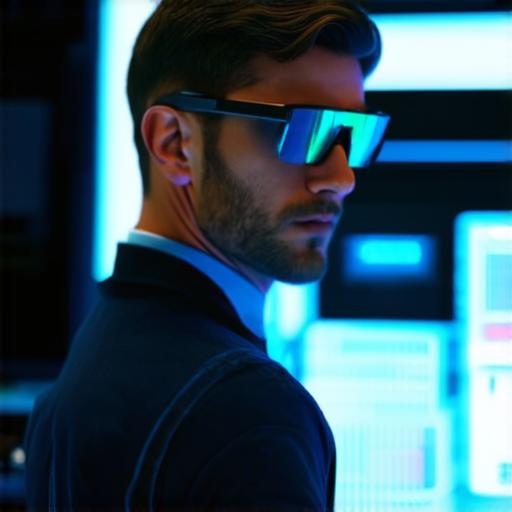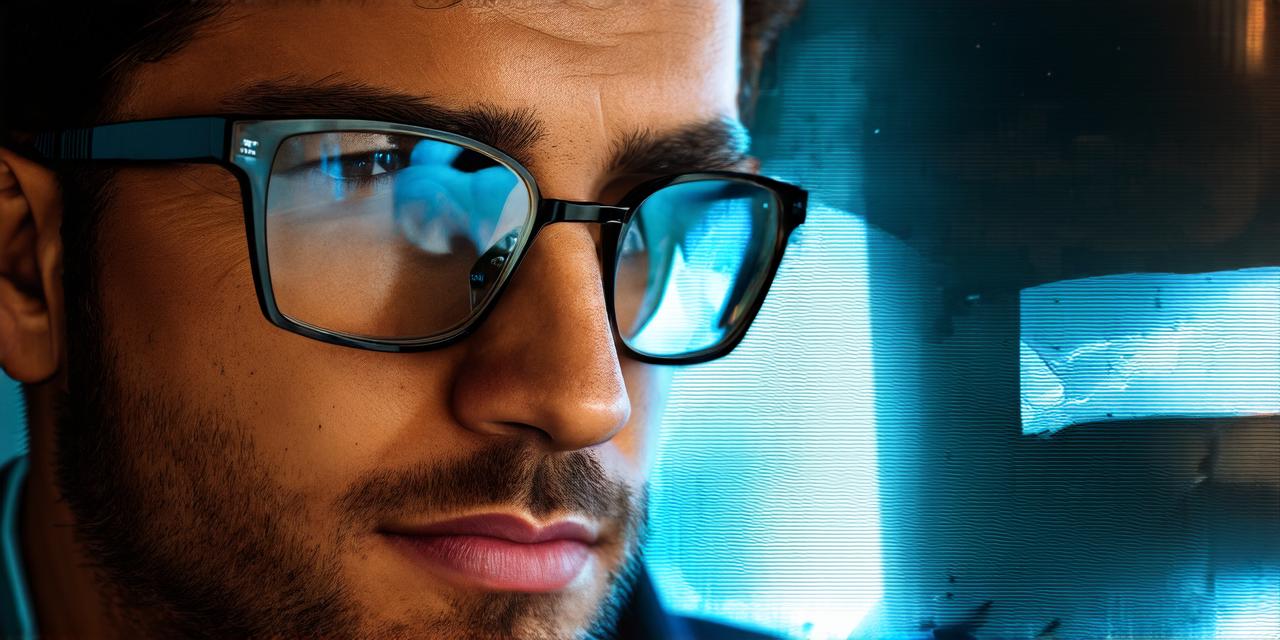Augmented reality (AR) is a technology that overlays digital information on top of the real world. It allows users to interact with virtual objects and experiences in their physical surroundings, creating a more immersive and interactive experience.
There are many different scenarios where AR can be used to enhance our lives, but one particularly compelling example is in the field of education.
Imagine a student studying biology who is able to use AR to explore the inner workings of an animal’s body. With AR-enabled glasses or a tablet app, they could see a 3D model of the animal’s skeleton and organs overlaid on top of the real-world specimen.
They could interact with the virtual models, rotate them to view different angles, and even zoom in on specific structures. This would allow them to gain a much deeper understanding of the anatomy and function of the animal, and make the learning experience more engaging and memorable.
Another example of AR in education is in history and archaeology.

With AR, students could explore ancient sites and artifacts as if they were really there. They could see 3D models of buildings and monuments, and even interact with virtual artifacts to learn more about their origin and significance.
This would allow students to gain a much more immersive and engaging understanding of history and archaeology, and make the learning experience more enjoyable.
AR can also be used in business to enhance customer experiences and increase sales.
For example, a furniture retailer could use AR to allow customers to see how different pieces of furniture would look in their home before making a purchase. With AR-enabled glasses or a tablet app, customers could see a virtual model of the furniture overlaid on top of their physical surroundings.
They could then move and rotate the virtual model to see how it would fit into their space, and even change the color or style to match their taste. This would allow customers to make more informed purchasing decisions and increase sales for the retailer.
Another example of AR in business is in marketing.
With AR, companies could create interactive and immersive advertising experiences that capture the attention of consumers. For example, a car manufacturer could use AR to create a virtual showroom where customers could explore different models and features of cars in a more engaging and interactive way.
This would allow customers to make more informed purchasing decisions and increase sales for the manufacturer.
AR can also be used in healthcare to enhance medical procedures and improve patient outcomes.
For example, surgeons could use AR to overlay digital information on top of their patients’ bodies during surgery. With AR-enabled glasses or a tablet app, they could see a 3D model of the patient’s anatomy overlaid on top of their physical body.
This would allow them to make more precise incisions and perform surgeries with greater accuracy and precision.
Another example of AR in healthcare is in rehabilitation.
With AR, patients could use virtual reality to simulate real-world scenarios and practice movements that they may struggle with in their physical environment. For example, a patient recovering from a knee injury could use AR to simulate walking or running on a virtual treadmill.
This would allow them to regain strength and mobility in a safe and controlled environment, and speed up their recovery process.
AR has the potential to revolutionize many aspects of our lives, from education to business to healthcare. As more companies and organizations continue to explore the possibilities of AR, we can expect to see even more innovative and engaging uses of this technology in the future.
